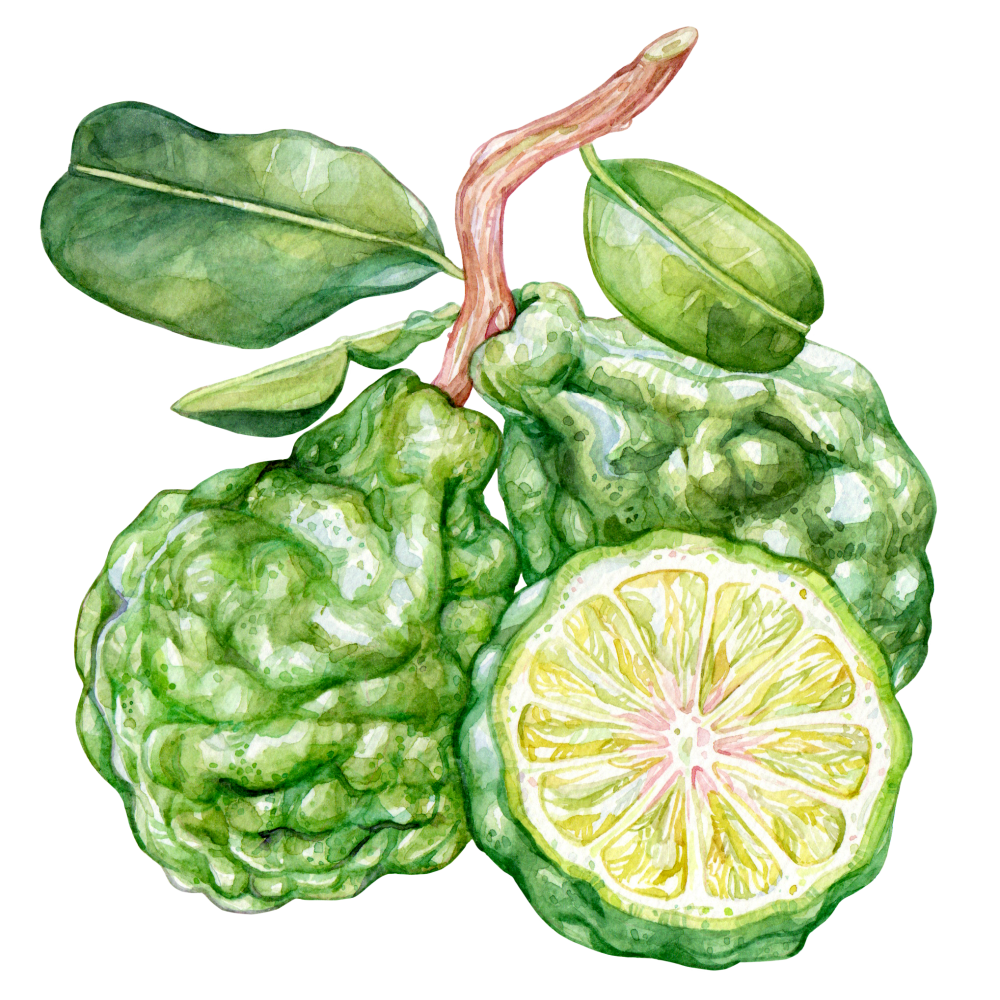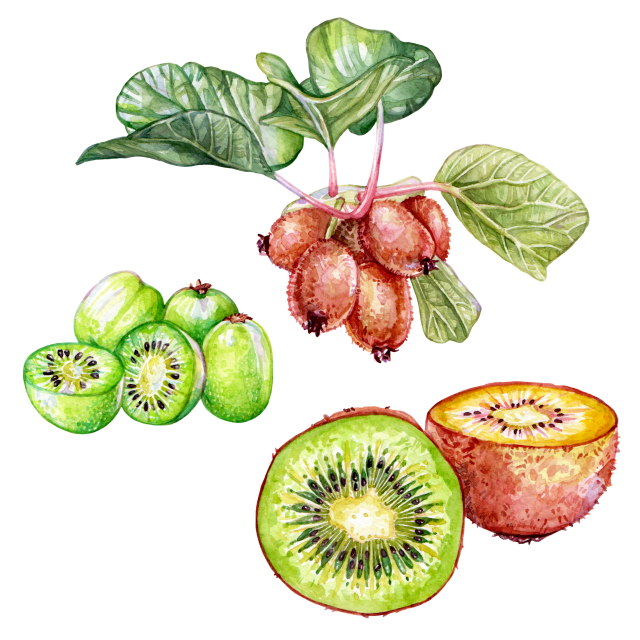Makrut Lime

Latin name: Citrus hystrix
Other names: Thai lime, wild lime
Uses: herb, fruit, juice
What is makrut lime?
This citrus fruit is wrinkly, knobby, and yellow, but really, it’s the hourglass-shaped leaves you’re after. Tear a makrut lime leaf with your fingers and hold it up to your nose. That burst of astringent citric freshness aromatizes dishes across Southeast Asia: tom ka gai (coconut chicken soup) in Thailand, Indonesian curries including opor ayam, and the essential Cambodian spice paste kroeung. The citrus is often referred to as Thai lime, but it’s also native to Bengal, where the name gondhoraaj means “king of aroma.”
Why is makrut lime healthy?
The leaves contain vitamin A, minerals like potassium, zinc, and copper, and powerful antioxidants. Additionally, some of the aromatic chemicals responsible for the leaves’ captivating scent have shown antimicrobial properties. The rind contains essential oils traditionally used in ointments, tonics, and blood purifiers, and the fruit and leaves are highly respected in Ayurvedic medicine to alleviate cold symptoms and digestive problems.
What does makrut lime taste like?
The leaf has a strong, distinct fragrance, a sharp-bitter-tart flavor, and an uplifting quality that zings through curries, soups, and stews. Markrut lime tastes and smells slightly medicinal and cooling, thanks to a compound also found in pine. The fruit and juice taste sour, bitter, and citric — more in the direction of lime than lemon.
How do I use makrut lime?
The fruit typically has so many seeds and so little juice that it isn’t used as much as the leaf, which infuses many Southeast Asian dishes with its signature crisp green scent. Tear or crush the leaf slightly before dropping it whole into soup, curries, and noodle dishes. Like bay laurel, makrut lime leaves are typically discarded after cooking. Or remove the rib that runs down the center and chiffonade to garnish soups, salads, noodles, and rice dishes.
What does makrut lime pair well with?
“What grows together goes together:” galangal, lemongrass, chiles, ginger, shallots, and cilantro are sublime pairings. But makrut lime’s bright fragrance also lends itself to cutting through rich cream. Infuse whipped cream, ice cream, panna cotta, and sauces such as crème anglaise.
Where does makrut lime grow?
Sun-loving makrut lime might be native to Sri Lanka, but has grown all over India and Southeast Asia for so long that its exact provenance isn’t known.
How to buy makrut lime?
Choose shiny, dark, unblemished makrut limes for the best flavor. The leaves are sold fresh or frozen.
Fun makrut lime fact:
Because of the citronellal, citronellol, and limonene content in makrut limes and their leaves, they also repel insects.




